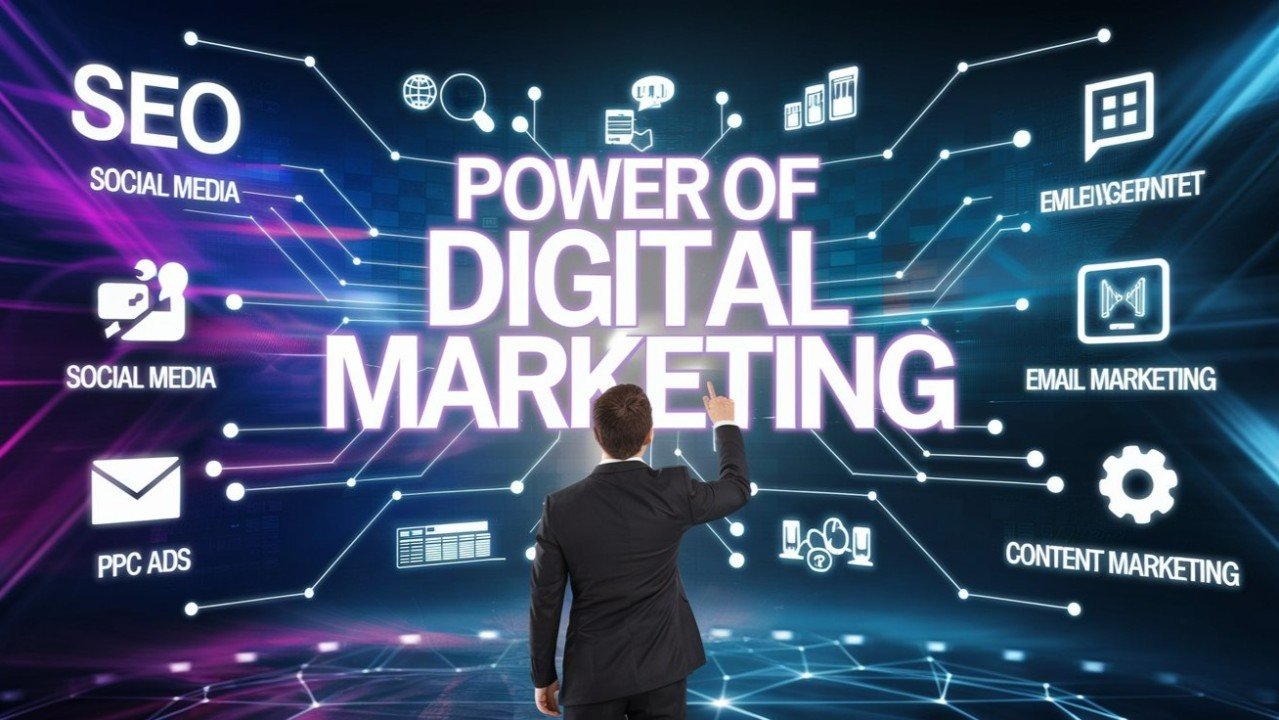
Unlocking Business Growth: The Revolutionary Power of Marketing 1on1
In an era where consumers are bombarded with generic advertisements, standing out requires a strategy that speaks directly to individual needs. Enter Marketing 1on1—a transformative approach that prioritizes hyper-personalization to forge authentic connections. Unlike traditional methods that cast a wide net, this technique tailors every interaction to the unique preferences and behaviors of each customer. Consequently, businesses are witnessing unprecedented engagement, loyalty, and ROI. This article delves into the mechanics, benefits, and implementation of Marketing 1on1, revealing why it’s the cornerstone of modern customer-centric growth.
The Evolution of Personalization: Why Marketing 1on1 Reigns Supreme
Marketing has undergone a seismic shift from mass broadcasting to precision targeting. Initially, businesses relied on broad demographics to segment audiences, but this often resulted in impersonal messaging. However, the digital revolution armed marketers with data-driven tools to dissect customer journeys in granular detail. Marketing 1on1 emerged as the natural progression, leveraging AI, behavioral analytics, and real-time feedback to craft bespoke experiences. For instance, instead of sending identical email blasts, brands now dynamically adjust content based on a user’s browsing history or purchase patterns.
Moreover, this evolution addresses a critical consumer demand: relevance. Studies show that 80% of shoppers are more likely to purchase from brands offering personalized interactions. Marketing 1on1 fulfills this by treating each customer as an individual, not a statistic. By anticipating needs and delivering solutions proactively, businesses transform transactions into relationships. As a result, companies adopting this strategy report up to 20% higher conversion rates. To explore how this approach can revolutionize your outreach, discover the tailored solutions offered by Marketing 1on1 .
The Core Mechanics: How Marketing 1on1 Operates
At its heart, Marketing 1on1 thrives on data integration and automation. The process begins with aggregating customer information from multiple touchpoints—websites, social media, CRM systems, and IoT devices. Advanced algorithms then analyze this data to identify patterns, such as frequent product views or cart abandonment triggers. Subsequently, personalized content is deployed across channels, ensuring consistency while adapting to context. For example, a user researching hiking gear might receive targeted ads, followed by an email with a curated list of trails near their location.
Additionally, real-time responsiveness is pivotal. Marketing 1on1 platforms adjust messaging instantaneously based on user actions. If a customer abandons a checkout page, a triggered discount offer can be sent within minutes. This agility not only recovers potentially lost sales but also reinforces the brand’s attentiveness. Furthermore, machine learning continuously refines these interactions, learning from each engagement to enhance future accuracy. In essence, Marketing 1on1 transforms static campaigns into living dialogues, where every touchpoint feels uniquely crafted.
Unparalleled Benefits: Driving Loyalty and Revenue
The advantages of Marketing 1on1 extend far beyond surface-level engagement. Firstly, it dramatically boosts customer lifetime value (CLV). Personalized experiences make customers feel valued, reducing churn rates by up to 35%. When individuals perceive that a brand understands their evolving needs, they become repeat buyers and vocal advocates. Secondly, this strategy optimizes marketing spend. By focusing resources on high-intent audiences, businesses minimize wasted impressions and maximize ROI. For instance, a fashion retailer using Marketing 1on1 might see a 15% reduction in ad costs while increasing sales through tailored recommendations.
Beyond metrics, Marketing 1on1 fosters emotional loyalty. In a crowded marketplace, emotional connections differentiate brands. Consider a coffee chain that remembers a customer’s favorite order and suggests new blends based on past preferences. Such gestures transform routine purchases into memorable moments, cultivating a sense of belonging. Consequently, these customers are less sensitive to price changes and more forgiving of occasional missteps. Ultimately, Marketing 1on1 doesn’t just drive transactions; it builds communities around shared values and experiences.
Implementation Roadmap: Integrating Marketing 1on1 Seamlessly
Adopting Marketing 1on1 requires a structured yet flexible approach. Begin by auditing existing data infrastructure. Ensure systems like CRM, email platforms, and analytics tools are interconnected to enable seamless data flow. Next, define clear personalization goals—whether it’s increasing email open rates or reducing cart abandonment. With objectives in place, segment audiences using behavioral and psychographic criteria, moving beyond basic demographics. For example, segment users by engagement frequency or content preferences to tailor messaging effectively.
Subsequently, invest in automation tools that scale personalization without sacrificing authenticity. Platforms like Marketing 1on1 offer AI-driven solutions to automate dynamic content creation, A/B testing, and performance tracking. Crucially, maintain transparency with customers about data usage to build trust. Implement preference centers where users can control communication frequency and content types. Finally, iterate relentlessly. Monitor KPIs such as click-through rates and CLV, then refine strategies based on insights. Remember, Marketing 1on1 is a journey, not a destination—continuous optimization ensures sustained relevance.
Overcoming Challenges: Navigating the Path to Personalization
Despite its potential, Marketing 1on1 isn’t without hurdles. Data privacy regulations like GDPR and CCPA demand stringent compliance. Businesses must prioritize consent management and anonymization to avoid legal pitfalls. Additionally, data silos can fragment customer insights, leading to inconsistent experiences. To counter this, adopt unified customer data platforms (CDPs) that centralize information across departments. Another challenge is resource allocation. Small businesses may perceive personalization as cost-prohibitive, but cloud-based tools now offer affordable entry points.
Moreover, balancing automation with human touch is critical. Over-reliance on algorithms can make interactions feel robotic. Mitigate this by blending automated triggers with human-led gestures, such as personalized thank-you notes from support teams. Finally, avoid “creepy” personalization—where targeting feels invasive. Use contextual cues, like location or time of day, to ensure relevance without overstepping boundaries. By addressing these challenges proactively, businesses can harness Marketing 1on1’s full potential while maintaining ethical standards.
The Future Landscape: Marketing 1on1 as the New Standard
As technology advances, Marketing 1on1 will become increasingly sophisticated. Predictive analytics will forecast needs before customers articulate them, while augmented reality could enable virtual try-ons tailored to individual preferences. Voice-activated assistants will further personalize interactions, offering recommendations based on tone and context. Brands that embrace these innovations early will dominate their markets, turning personalization from a tactic into a core identity.
In conclusion, Marketing 1on1 isn’t merely a trend—it’s the future of customer engagement. By treating each person as a unique individual, businesses unlock deeper loyalty, higher revenue, and sustainable growth. The journey demands investment in technology, data, and creativity, but the rewards are transformative. As consumer expectations continue to rise, those who master personalized marketing won’t just survive; they’ll thrive. The time to act is now—embrace Marketing 1on1 and redefine what’s possible for your brand.



